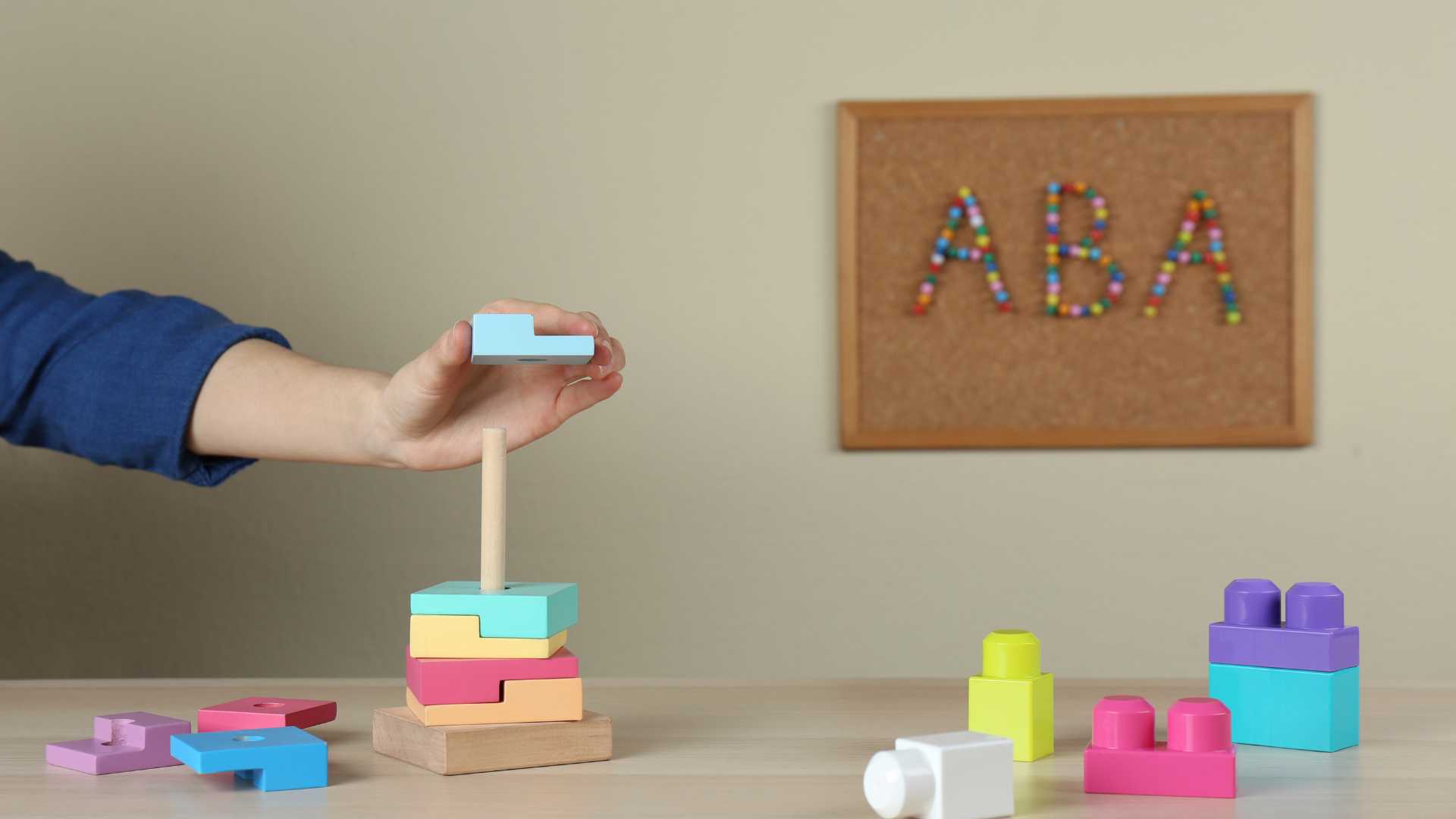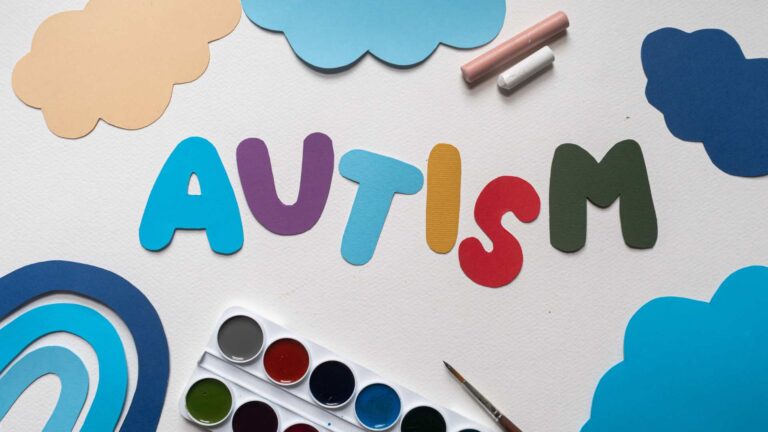How does ABA therapy guide development?
Applied Behavior Analysis (ABA) is a scientific discipline that uses behavioral principles to improve important social behaviors. ABA is widely used to treat individuals with autism and other developmental disorders. To ensure its effectiveness, in 1968, Donald M. Baer, Montrose M. Wolf, and Todd R. Risley established the 7 Dimensions of ABA, which guide its implementation.
Applied Behavior Analysis, or ABA, is a remarkable approach that has been changing lives and enhancing the potential of neurodiverse children. In this blog from ABA Centers of Tennessee, we’ll take a closer look at what ABA is, the origin of its seven dimensions, and why these dimensions are crucial in helping children with diverse needs. Let’s dive in!
What Is ABA?
You may be familiar with the term ABA therapy, our method to manage challenging behaviors in children, enhance their communication skills, and foster greater independence, but what exactly is ABA?
ABA is an evidence-based approach that seeks to understand and modify behavior by systematically applying techniques derived from learning and behavior principles. It is a science that focuses on improving specific behaviors. The primary goal of ABA is to enhance socially significant behaviors and decrease undesirable ones.
The approach of ABA is to help individuals with autism improve their quality of life. This method involves collaborating with trained healthcare professionals, such as Registered Behavior Technicians (RBTs) and Board Certified Behavior Analysts (BCBAs), who understand the variables influencing behavior and create personalized strategies to improve behaviors, teach new skills, and achieve greater independence.
The 7 Dimensions of ABA: A Comprehensive Context for Effective Behavioral Interventions
As mentioned, Donald M. Baer, Montrose M. Wolf, and Todd R. Risley introduced the seven dimensions of applied behavior analysis in their article Some Current Dimensions of Applied Behavior Analysis. These dimensions outline the essential attributes of effective applied interventions, distinguishing between practical application and experimental or conceptual behavior analysis. Moreover, these dimensions serve as valuable guidelines for conducting in-depth assessments of used behavioral therapies.
These seven dimensions are:
1. Generality
Generality signifies a lasting behavioral change that persists over time, transcends the initial intervention setting, and affects behaviors not directly targeted. This dimension emphasizes the need for learned behaviors to exceed specific locations or times and apply across various aspects of an individual’s life.
2. Effective
The interventions implemented should bring about significant changes in the individual’s life. The treatment should result in practical improvements in the person’s behaviors, effectively enhancing their quality of life.
3. Technological
Replication plays a vital role in behavior analysis, and the basis for its status as an evidence-based discipline lies in its consistent repetition over numerous individuals throughout many decades. When we classify treatments as “technological,” the procedures are written clearly and concisely, making them easy for anyone to understand and execute correctly.
4. Applied
It’s essential to select behaviors that have social significance for the individual and can enhance their life in meaningful ways. For instance, behaviors that promote independence, social skills, or academic abilities can be particularly beneficial.
For instance, if we’re working with a child who has difficulty making friends, we can focus on behaviors that promote social skills, such as initiating conversations or sharing toys. By working on these behaviors, we can help the child develop the skills to form meaningful relationships and improve their overall quality of life.
5. Conceptually Systematic
A conceptually systematic program implies that it is grounded in the fundamental principles of behavior analysis. To illustrate, an essential aspect of treatment is incorporating reinforcement since it constitutes a foundational principle within behavior analysis.
6. Analytic
This dimension demonstrates that the observed behavior change is directly due to the implemented treatment. It’s essential to show a reliable relationship between the intervention and the behavior change, ruling out other factors.
Clinicians study data to see if changing the environment affects behavior. For example, if a clinician tries to reduce challenging behavior by reinforcing good behavior, they check if it works by looking at the data.
7. Behavioral
In ABA, clinicians modify behaviors that can be observed and measured. The visible behaviors are assessed and analyzed for the most effective intervention. Clinicians focus on monitoring and measuring the actions of an individual within their environment. It’s important to note that “behavior” includes all actions and activities, not just negative ones.
The Importance of the 7 Dimensions of ABA
The 7 Dimensions of ABA are critical in autism therapy because they provide a solid foundation for creating effective interventions that make a real difference. Let’s take a closer look at why these dimensions are so crucial in ABA therapy for autism, using an example.
Imagine a child with autism who struggles with communication and gets frustrated quickly. ABA therapists, guided by the “Applied” dimension, would focus on developing communication skills that the child can use in their everyday life. For example, they might teach the child how to use picture cards or sign language to express their needs, creating a more communicative and less stressful environment.
The “Analytical” dimension ensures that therapists always collect and analyze data to adjust the intervention as needed. In our example, therapists would closely monitor the child’s progress, tweaking the communication strategy to ensure it stays practical and relevant to the child’s evolving needs.
By following these dimensions, ABA therapy can genuinely transform the lives of children with autism and their families, fostering lasting improvements that extend beyond the therapy sessions and into their daily lives.
How Can ABA Centers of Tennessee Help?
Applied Behavior Analysis is a powerful tool for improving the lives of neurodiverse children with its seven dimensions. It offers an evidence-based approach to enhancing behaviors and skills while respecting everyone’s uniqueness.
At ABA Centers of Tennessee, we help you navigate this journey by providing you with expert guidance and support that can truly make a difference in the lives of neurodiverse children and their families. By adhering to the seven dimensions of ABA, they unlock the potential of every child and help them thrive in a diverse world.
Contact us for a free consultation or call us at (844) 423 9483 for more information on how ABA therapy can enhance the life of your loved one.




